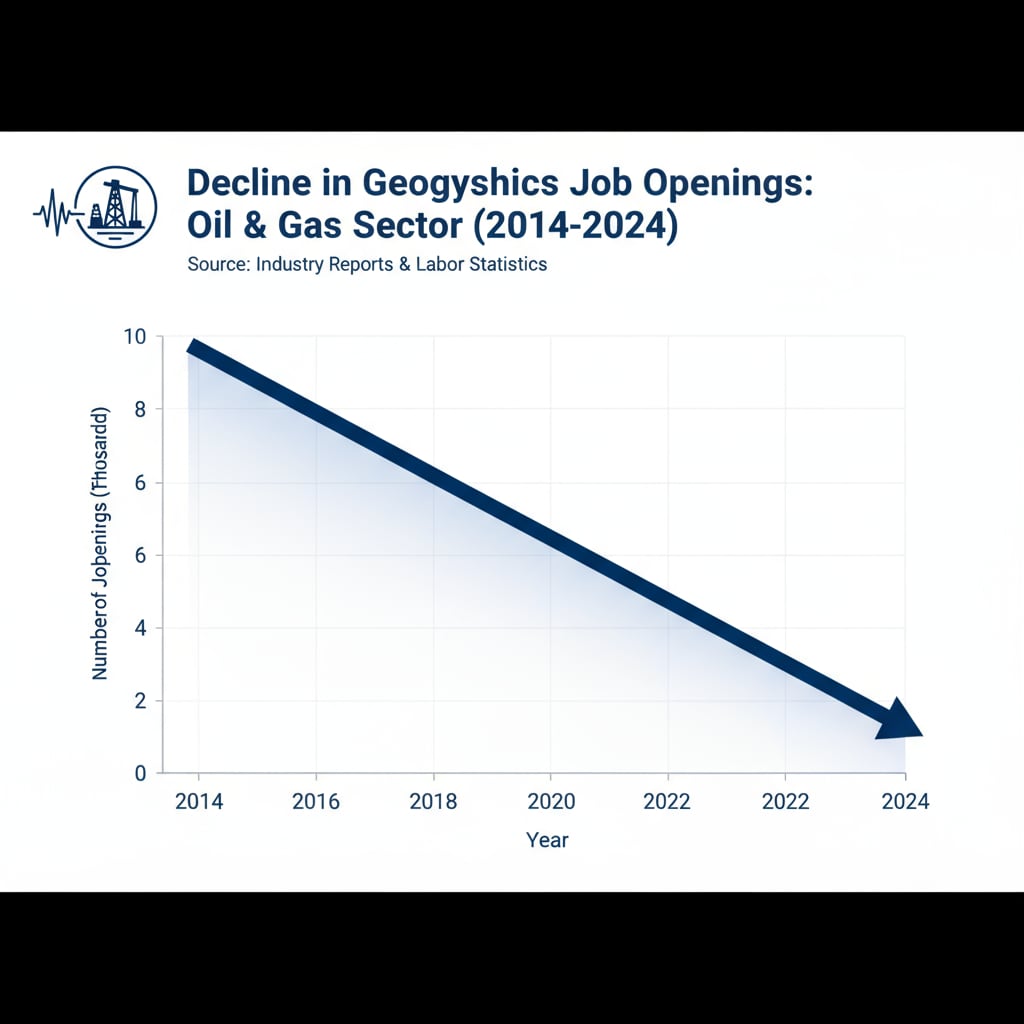Geophysics professionals often encounter employment dilemmas, and obtaining a second master’s degree can be a viable solution to pivot into new fields like K12 education. In recent years, the job market for geophysics graduates has faced challenges. Many find themselves struggling to secure stable and fulfilling positions. However, there is a growing demand in the K12 education sector, especially in areas related to STEM education. This presents a unique opportunity for geophysics experts to utilize their knowledge and skills in a different context.
The Employment Dilemma in Geophysics
The field of geophysics, while fascinating, has witnessed a decline in job opportunities in certain traditional sectors. For example, the oil and gas industry, which was once a major employer of geophysicists, has scaled back its recruitment due to various factors such as environmental concerns and market fluctuations. According to the Bureau of Labor Statistics, the job growth rate for geoscientists, including geophysicists, has not been as robust as expected in recent years. As a result, many geophysics graduates are left with limited options, facing long job searches and uncertain career prospects.

The Appeal of K12 Education for Geophysics Professionals
K12 education offers a fresh start and a chance to make a significant impact. In the era of STEM education, there is a high demand for teachers who can effectively convey complex scientific concepts. Geophysics professionals possess in-depth knowledge of earth sciences, which can be a valuable asset in the classroom. They can bring real-world examples and practical applications to subjects like geology, meteorology, and environmental science. Moreover, the job stability and the opportunity to shape young minds are attractive prospects for those looking to escape the employment uncertainties in geophysics. For instance, teaching allows them to share their passion for the subject and inspire the next generation of scientists. Recent reports have shown a growing need for STEM educators in K12 schools across the country.

Making the transition to K12 education requires careful planning and often involves obtaining a second master’s degree in education-related fields. This degree equips them with the necessary teaching skills, such as instructional design, classroom management, and assessment methods. In conclusion, geophysics professionals facing employment dilemmas can find a promising future in K12 education by leveraging their expertise and obtaining a second master’s degree. It’s a path that offers both job security and the satisfaction of contributing to education.
Readability guidance: The article uses short paragraphs to clearly present ideas. Each H2 section provides a focused discussion. The use of passive语态 is minimized, and transition words like ‘however’, ‘for example’, and ‘as a result’ are used to enhance the flow of the text.


